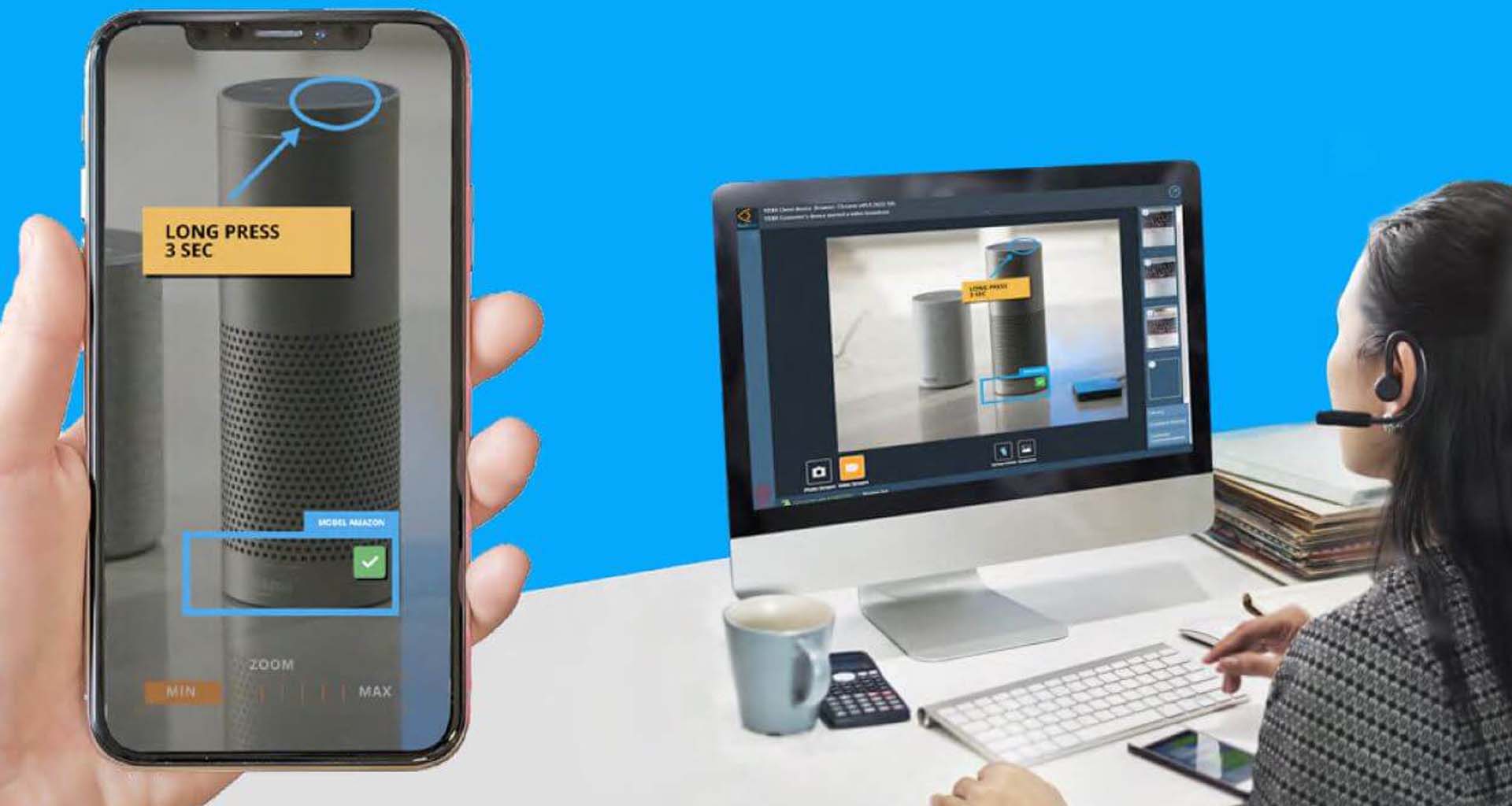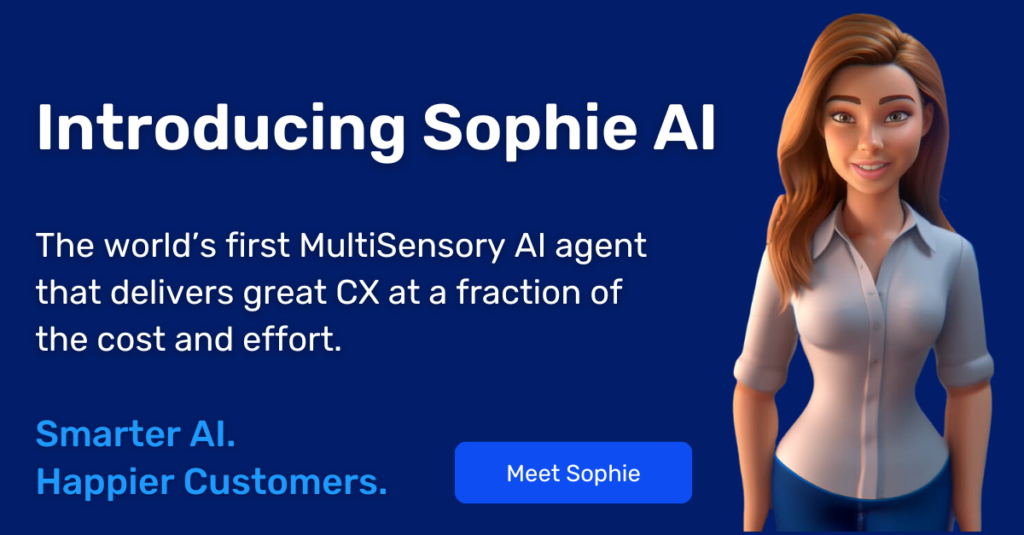Contents
Remote visual support technologies are an evolving market, with many companies offering ‘see what your customer sees’ solutions. However, not all are alike and remote video solutions differ significantly when it comes to considerations such as:
- Effect on core KPIs
- Employee and customer adoption rates
- Potential ROI
In order to evaluate the solutions on the market, companies realize that they need to consider the potential value, rather than only the license pricing. They usually begin by defining the use cases they want the solution to handle and the potential contribution to the relevant KPIs. Another important consideration is the potential adoption rate by end users and how they will encourage session acceptance and integrate the process into their existing workflows. They also need to work out how to achieve an optimal agent usage rate by giving reps the tools and the training to identify when a visual session is required and how best to use the technology. The following presents our top five factors to consider when selecting the visual remote assistance solution that will deliver the very best value for your organization.
Download TechSee’s complete guide to selecting a remote visual support solution
5 Key Considerations When Choosing A Remote Visual Support Solution
1. Is the solution designed for contact centers?
Some remote visual support solutions have evolved from co-browsing, remote desktop or collaboration products, while only a few have been designed for contact centers and offer features that reduce AHT and improve FCR. For example, a visual knowledge base eliminates the manual search process, providing contextual image-based decision support that cuts handle time and ensures more first-time fixes.
Solutions designed for contact centers also place greater focus on the user experience of both customers and agents. When customers are struggling with poor connectivity, a remote video support solution with a low bandwidth requirement enables the live stream to stay up and running, adapting to the connection speed to avoid buffering.
Measuring agent productivity and performance are also important. Configurable reporting that tracks both individual KPIs and group metrics, with exportable data that can be readily integrated with the company’s BI system is a must for many organizations.
2. Browser-based or app-based?
Depending on a company’s requirements, there are clear advantages to both app-based and browser-based solutions. Most providers offer only one option, but a few can support both. To promote the use of a native app, some companies opt for an app-based solution which can reduce call volume by allowing customers to pay bills, edit personal details and upgrade service plans independently.
A browser-based solution, on the other hand, means customers don’t have to download an app, saving a significant amount of time and effort. That’s why browser-based remote video solutions have a significantly higher customer acceptance rate than the app-based alternative. It also allows changes to workflows to be made on the fly and rapid integration with the company’s virtual assistant across all channels.
3. Hardware support vs Hardware and software?
Some companies need to provide service only for physical products. Others, especially smart home tech suppliers, have to offer guidance for both devices and their associated apps. Supporting software means several tools are potentially relevant, ranging from relatively intrusive desktop sharing to mobile mirroring and co-browsing options. These latter two technologies have the advantage of driving higher end user acceptance, since customers are now acutely aware of privacy issues.
4. Single department vs. cross-department platform?
While a standalone solution can be ideal for small help desks or field service operations, large enterprises often opt for a cross-organizational platform in order to generate maximum value by driving knowledge sharing across service channels, including contact centers, field service and digital self-service. For example, a contact center agent can share images captured during a visual support remote call session to better prepare a technician for a site visit. A cross-organizational platform also allows warm transfer – including a complete visual record of the interaction – from self-service to a live agent, ideal for use cases that require authorization.
5. Automation powered by Computer Vision AI?
The most advanced remote visual support solutions now leverage visual data to automate processes using Computer Vision AI, across contact centers, field service and self-service channels. From automated visual agent decision support based on an ever-expanding visual knowledge base to full visual self-service, the technology is emerging as a genuine game-changer that’s transforming service delivery for many of the world’s biggest global groups.







